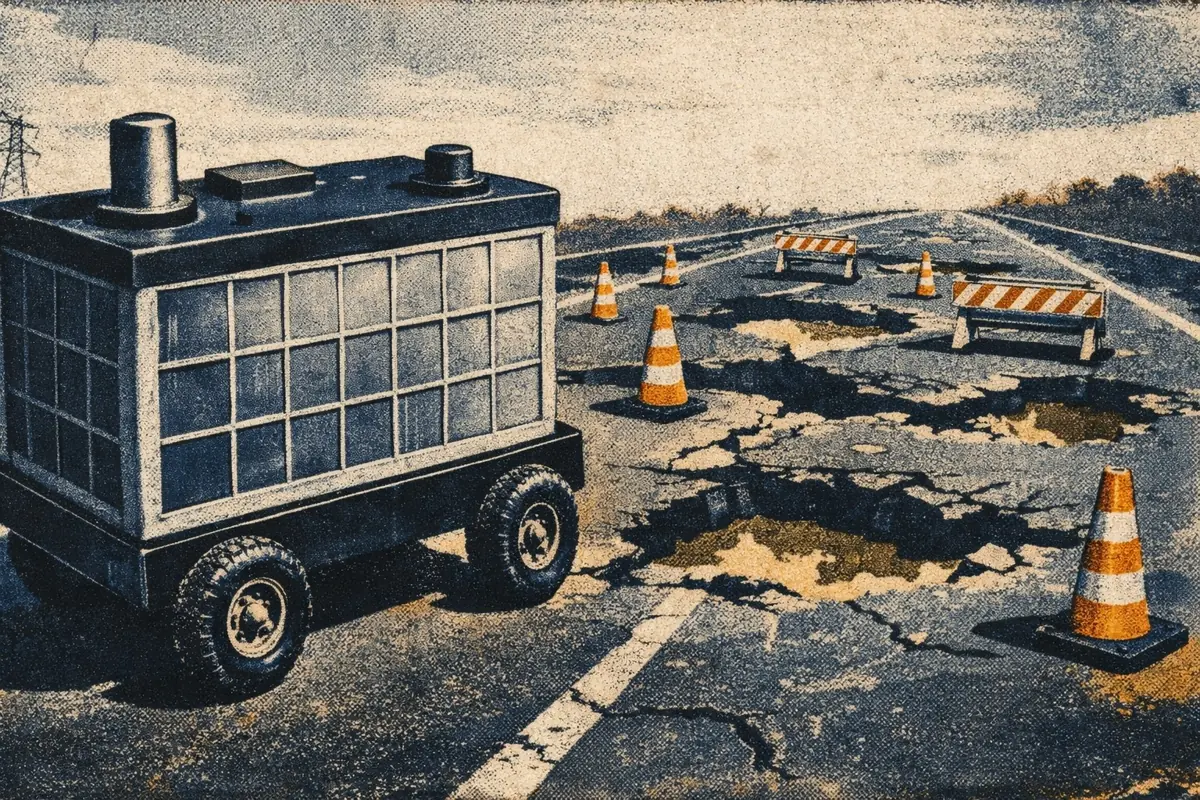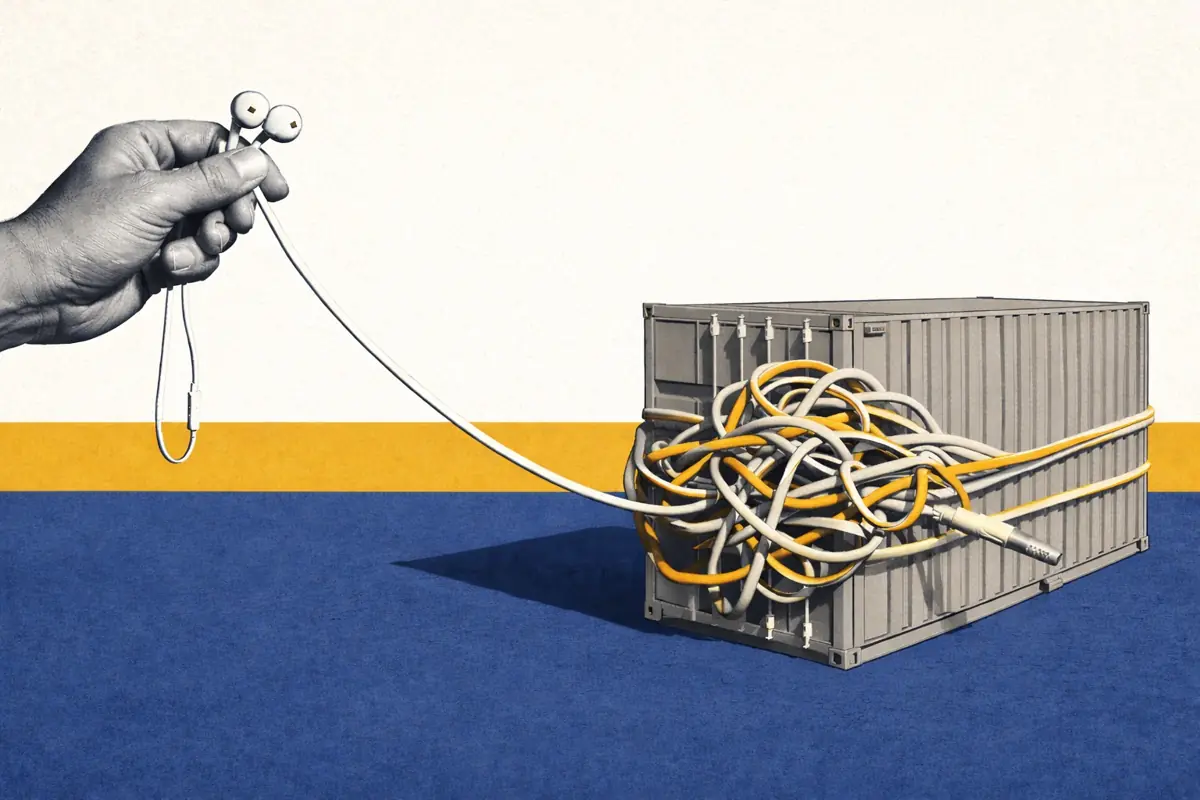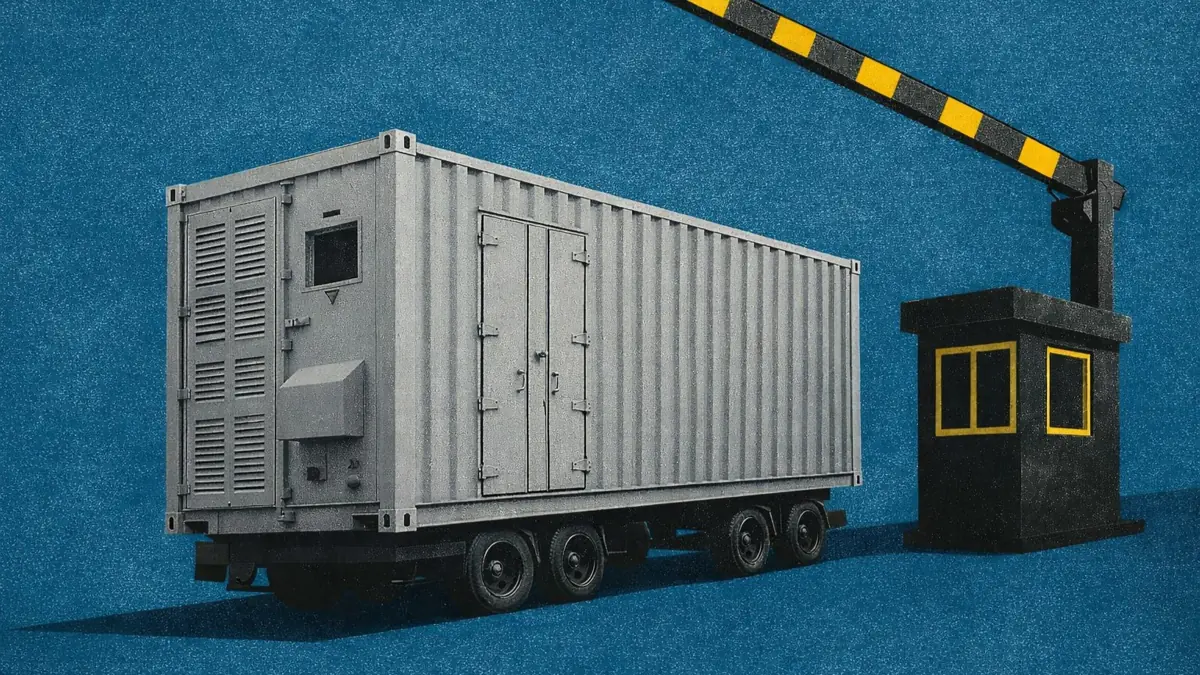BESS & Solar in GB, Iberia, and Germany: five key takeaways
Across Europe, renewables are being deployed at a rapid rate, but grids can’t keep up. Excess solar generation in the middle of the day drives increasingly negative prices, while thermal generators still need to be spun up to meet supply shortfalls in the evening.
Networks designed around these large centralised thermal generators are struggling to adapt to new power flows from decentralised renewable generation.
On 22nd July, we held a livestream to explore what this means for solar and BESS across GB, Iberia, and Germany. A recording is available above, and the slides presented are available here. For Modo Energy subscribers, we summarise five key takeaways below.
1. Solar cannibalisation is accelerating across Europe
Across Europe, installed solar capacity has been increasingly rapidly. With 100 GW of installed solar capacity, Germany leads deployment. 16 GW of solar was added to the grid last year alone. Even Britain is not immune, seeing a 15% increase in capacity year on year, and record solar generation in 2025.
Already a subscriber?
Log in







